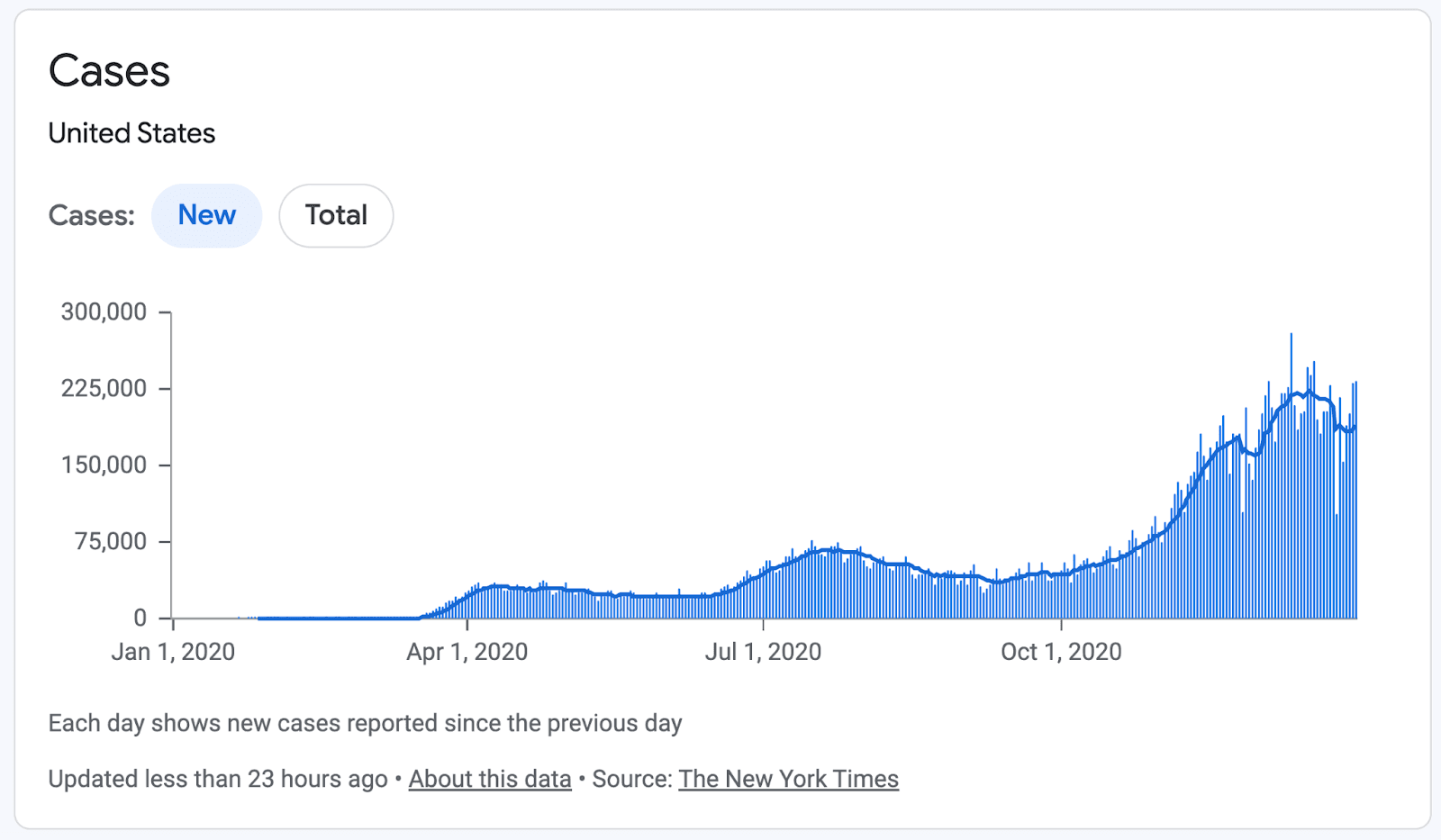State of Customer Emotions 2022
Dec 13, 2022

About This Study
Everyone seems so on edge since the pandemic began.
Stop signs, red lights, and speed limits have become loose suggestions. Screaming at the checkout cashier because their 3-year expired coupons aren't accepted. Working customer support (from a makeshift office in a closet under the stairs, mind you) and now every. single. day. you get a customer with a fuse shorter than the Tiger King’s relevancy? What in the world is happening here?
Is it just me?
In our inaugural State of Customer Emotions report, we will explore how emotions have changed since the pandemic's start. We feel like people are more frustrated, but are they?
In Short:
It’s not just you! Customers are 255% more frustrated than in pre-pandemic times.
Research Methodology
Stylo’s Emotional Analysis Engine ran across 23 million customer support data points spanning the past 4 years. This included Software and SaaS services in B2B and B2C applications that utilize Zendesk as their primary support platform.
In order to take subjective customer emotions and analyze them objectively, we utilized the key Stylo Scores factors - Frustration and Urgency.
Frustration: Frustration is defined as: The feeling of being upset or annoyed, especially because of the inability to change or achieve something.
Within customer support, this can be communicated in many different ways from passive aggression to downright mean-spirited and explicit language.
Urgency: Urgency is defined as: (of a state or situation) requiring immediate action or attention.
Customers express urgency by communicating specific, near-term, and important deadlines.
Scoring: These key factors are ranked on a score of 0-10, 10 being the most extreme example of an emotion, and 0 being the least.
Want to get a better understanding of what these factors mean? Try it out with some of your own text here.
Information on support leader feelings was collected through customer surveys across 41 businesses representing 74 respondents.
The Findings:
When asking customer support leaders how they felt attitudes have changed since before 2020:
67% felt customer tempers increased significantly
21% felt customer tempers increased moderately
22% felt customer tempers have not changed noticeably
0% felt customer tempers have reduced
Stylo’s Emotional Analysis Engine agrees. The data shows average maximum frustration per support ticket increased by 255%, and urgency by 310%, measured from the time period December 2019 to December 2022. It seems that the pandemic was the primary catalyst, though social and political forces, supply chain issues, and financial pressures have all likely contributed to a shift in the general public psyche. The two graphs below (average frustration/urgency vs. the coronavirus case count throughout 2020) show what might seem fairly intuitive for anyone alive during the pandemic, and the data certainly suggests that human interactions have become substantially less pleasant over a short period of time.


What this means for support
Tensions at home, the shift to remote working, and social isolation have likely contributed to a more disconnected and frustrated public disposition. This agitated state has led to customer support agents taking on misdirected anger on a regular basis. This leads to a higher likelihood of rapid escalations where unpredictability becomes the new normal. This state of constant reactivity reduces efficiency and breaks processes.
Support team members are also caught in a feedback loop of frustration and anxiety, further compounding the issue. This can be especially difficult when employee turnover is already high, and the talent pool is smaller than ever.
Escalations are no longer one-offs in the post-pandemic world, and successful support organizations must now consider building processes not just to handle escalations more efficiently, but to minimize their occurrence in the first place.
If you would like to get a copy of this report, please submit a request on our contact form.